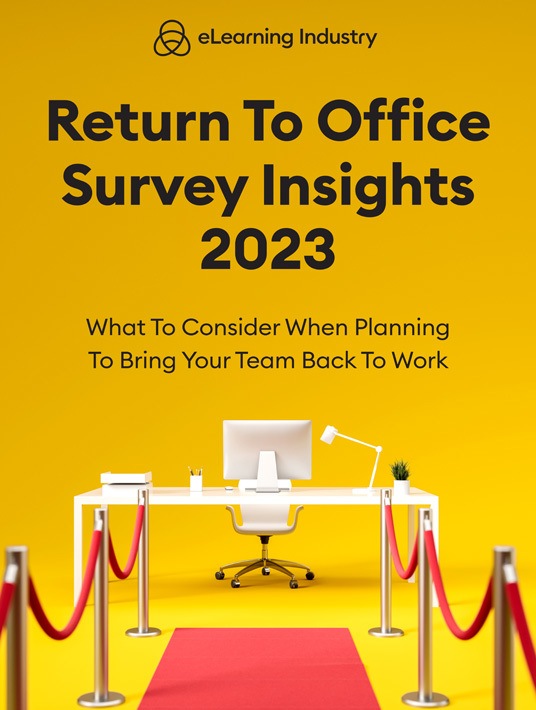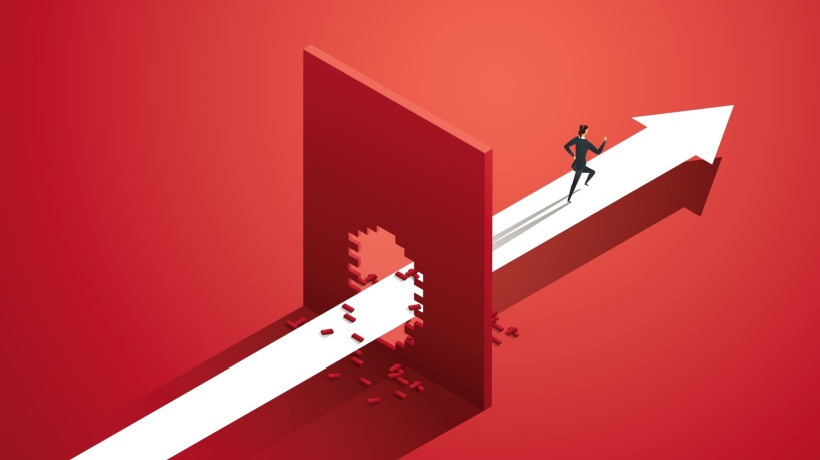Bridging The Gap Between What Employers Want And What Employees Need
As we're emerging from a global health crisis that lasted longer than any of us could have imagined, more and more uncertainty seems to surround the future of the work environment. On the one hand, most employees know that going back to how things were before the pandemic is unlikely. But on the other hand, businesses are eagerly expecting their staff to return to the workplace. In this article, we're going to look at each side of the argument and present a few variations of how the modern workspace is going to look.

Returning To The Workplace: Two Sides Of The Same Story
Although many people used to work from home before, it only became a reality for the majority of employees during the pandemic. The mandatory measures of quarantining and social distancing might have been uncomfortable at first, but they revealed new possibilities to workers around the world. For the first time, employees could log in from their home computers and perform pretty much the same tasks they would if they were in the office. No more figuring out what to wear, spending money on commuting, or petty office drama about who ate the last yogurt. But apart from the small everyday inconveniences, remote working gave employees more time for themselves and allowed them to take control of their work schedule and modify it depending on their needs.
At the same time, many in-office experiences that traditionally build relationships, strengthen bonds, and transfer values among employees were lost. The shift to remote working has particularly impacted newer employees, who can no longer turn to their colleagues to organically learn the ins and outs of their work environment. The knowledge that is passed through interacting with your team or different departments might be more challenging to transfer via emails and web conferencing in some cases. Another concern for businesses is the toll that working from home can have on employee well-being. The unchanging routine, the isolation, and the inability to keep professional and work life apart can lead to burnout. In turn, that affects productivity and efficiency levels in an organization.
4 Variations Of The Modern Workplace
Although it might seem difficult, there is a way to bridge the gap between the different needs and expectations of employees and their employers. Below, we describe 4 work model variations you can choose from as your employees return to the workplace. Each model can be implemented for the entirety of your workforce or for specific departments, depending on your organizational and operational needs.
1. Traditional 9–5
This refers to going back to the way things were. Employees come into the office five days a week for their usual eight-hour shifts. Sure, the office might look a little different (spaced-out desks, hand sanitizer dispensers in every room, more hygienic), but the essence of it remains the same. The only change some companies choose to add is that, for one or two days a week, employees can choose to work from home. This model is mostly selected by organizations that believe they may not be able to provide the same quality of service with a remote staff.
2. Activity-Based Working
This is the advanced version of the traditional office. Employees work on-site, but the office is designed in a way that supports various activities. Specifically, instead of spending their whole day at their desk, employees move from room to room depending on the task they want to complete. There are meeting rooms for video conferences, lounges for collaborative activities, or secluded rooms for those who appreciate working in a quiet setting. This model boosts engagement and productivity by giving employees the autonomy and flexibility to choose their ideal workspace while keeping them close to their colleagues.
3. Hybrid Model
A hybrid workplace combines on-site and remote working to create the perfect mix that keeps employees and employers alike happy. This is because it still gives employees flexibility while allowing businesses to maintain the work culture and knowledge exchange that comes from face-to-face collaboration and interactions. There are quite a few variations of the hybrid model that you could implement in your organization depending on your needs and objectives. For example, you can let employees choose when they want to come in, set a fixed schedule for certain teams, or implement a mostly remote model with the occasional visit to the office.
4. Fully Remote
Finally, we have the "virtual" return to the workplace. If your employees have proven that they can be just as productive working remotely—if not more so—then this choice might be a given. Why obligate them to go back to early mornings, traffic jams, and poorly designed offices if they can do everything you need them to from the comfort of their own homes? Besides, this premise also minimizes or eliminates the past expenses of renting and maintaining a large office space. To make this model as efficient as possible, make sure to invest in robust communications systems and adequate training so that collaboration remains unhindered.
Ready For The Return?
It may have happened in an unexpected way, but the future is here. Clinging to habits of the past may hold your organization back and drive your talent away and towards more forward-thinking companies. If you want to keep up with the times, you must approach your current and future employees in a more compassionate and human-centered manner. Listen to their concerns and needs to determine which of the above models will make their return to the workplace go as smoothly and pleasantly as possible.
Download The Future Of Work Report 2022: Culture Trends And What Employees Want to explore what employees truly value and how they feel about the modern workplace.








